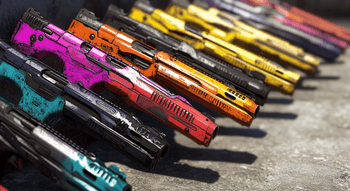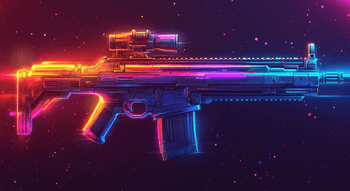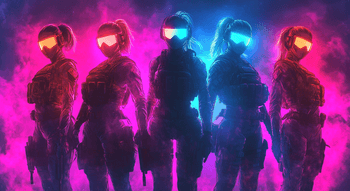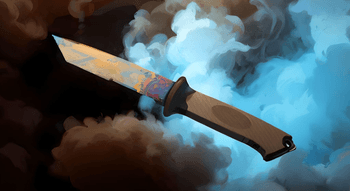Why are CS2 Skins So Expensive?
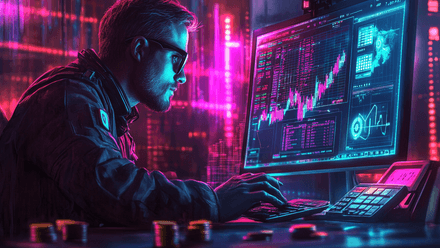
There is more to Counter-Strike 2 than just intense gunfights and strategic gameplay — it’s also a thriving marketplace where in-game items can hold crazy value. For the game’s fans, these digital cosmetics are not just a way to customize their weapons: for them, these skins are real investments, collectibles, and status symbols. But ultimately, why are Counter-Strike skins so expensive?
In this article, we’ll take a look at what makes skins so expensive in CS2, from market dynamics to speculative investments, and see why these virtual items can sometimes cost more than the real-life weapons they’re modeled after.
Make sure you select legit sites to sell CS2 skins for secure transactions.
Economic Principles
The fundamental reason why skins are so expensive in Counter-Strike is that they exist within a digital asset market and can be bought and sold, pretty much like physical items. This market operates on principles similar to those of the stock market, where the value of an item is determined by supply and demand, scarcity, consumer interest, and lots of other factors.
The fact that these skins are digital doesn't diminish their value, as these have a clear and obvious use case. The rarity of certain skins, combined with their limited availability and the constant influx of new players, creates a scenario where demand often exceeds supply. As a result, prices soar, and some skins become commodities of extremely high cost.
Speculative Investment
Another key reason why skins are so expensive in CS2 is speculative investment. Many players and traders purchase skins not just to use them in-game, but to hold onto them as an investment, hoping their value will increase over time. This speculative behavior creates a market where prices are driven up by the expectation of future profit.
Much like investing in stocks or cryptocurrencies, investing in CS2 skins has its risks, but also offers the potential for substantial returns. As more players enter the market with the intention of buying low and selling high, the competition for rare and desirable skins naturally increases. This creates a loop, with rising prices attracting more investors, which in turn pushes the prices even higher.
Third-Party Marketplaces
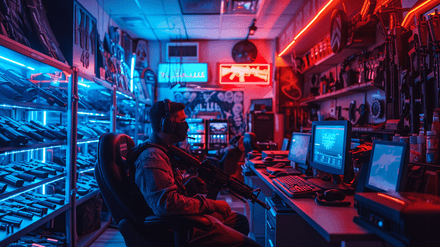
While Steam Market is the official platform for buying and selling CS2 skins, third-party marketplaces play a significant role in CS item price formation. These platforms offer an alternative venue for trading skins, often with lower fees and the ability to cash out real money. At the same time, Steam’s ecosystem restricts real-world funds to in-game purchases.
The existence of these marketplaces adds liquidity to the overall market, making it easier for players to buy and sell skins. However, it also creates more volatility, as prices on these platforms can fluctuate based on external factors such as market demand, availability, and even global economic conditions.
CS2 trading websites offer comprehensive guides for safe item exchanges.
Market Manipulation
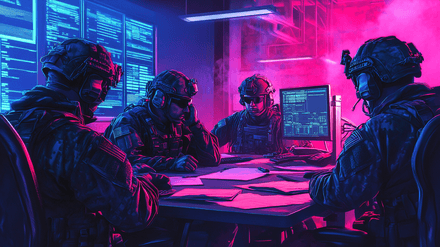
Some traders or groups of traders may artificially inflate the price of certain skins by purchasing them in large quantities, creating a false scarcity. This practice can lead to sudden and significant price increases as other players rush to buy the skin before prices climb even higher. Once the price pumps high enough, these traders sell their holdings at a profit, leaving other players with a loss. This is often called a “pump and dump” tactic in stocks and digital asset markets like crypto. While such market manipulations are generally frowned upon, they remain a huge issue in the world of CS2, further contributing to the unpredictability of its market.
Our separate guide lists the best places to buy CS2 skins for all types of players.
Cultural and Social Factors
Within the CS2 community, owning rare or expensive skins is typically seen as a status symbol. Gamers take pride in showcasing their prized possessions during matches, and the social aspect of this ownership adds to the skins' value. The cultural significance of certain skins, whether due to their design, history, or association with a famous player or team, can also make the prices reach ludicrous levels.
Economic Conditions
As mentioned before, economic conditions may have a significant impact on any market, and CS2 is no exception. For example, during times of economic growth, players may have more disposable income to spend on luxury items like rare skins, driving up demand and prices. In times of economic downturn, the market may see a decrease in demand as players become more conservative with their spending.
However, even during economic slumps, certain high-value skins may retain or even increase in value as they are viewed as relatively safe investments within the gaming ecosystem. If we consider are CS skins a good investment, it is important to be able to manage them properly, knowing all the details and prices on the market. This connection between real-world economics and digital goods adds another layer of complexity to the CS2 skin market, making it a truly unique intersection of gaming and finance. First of all, both beginners and experienced traders need to understand all the skin cost factors in CS2 to be successful in this business.
Marketing and Hype
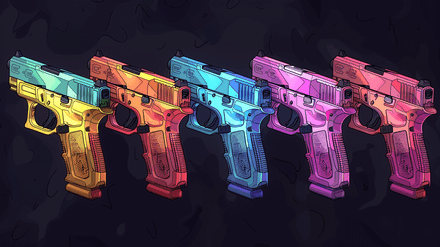
Valve and other skin creators often use marketing tactics to create excitement around new skin releases or events, which can lead to a surge in demand. This hype is further amplified by influencers and streamers showcasing these skins to their audiences, creating a ripple effect throughout the community. The anticipation of limited offers, special editions, collaborations, or similar events can also lead to a frenzy and be the answer to the infamous question “Why are CS2 skins so expensive?”. Some skins may be too expensive, so if you understand, for example, why is Dragon Lore so expensive, it will become clearer how it works. However, it is also worth knowing the CS2 skin rarity chart, which directly affects the price and quality of the weapon. Marketing and hype not only create initial demand but also sustain interest over time, ensuring that certain skins remain desirable and expensive long after their release.
Cross-Platform and Ecosystem Integration
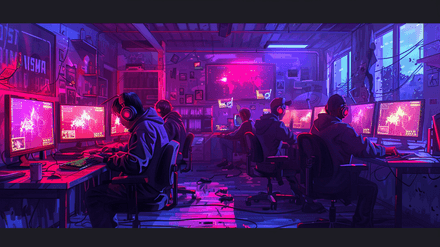
CS2 skins also enjoy additional value thanks to cross-platform trading, which allows the cosmetics to be traded for items in other Valve games like Dota 2 or Team Fortress 2. This integration is what makes CS2 skins so expensive as players from different games and communities try to get them. Additionally, the ease of trading and selling skins across platforms enhances their liquidity, making them more attractive as investments. This method is the main one for understanding how to make money on CS2 and is in demand by most players.
Legal and Regulatory Factors
Finally, the legality of trading digital goods and the regulation of marketplaces where these trades happen can significantly impact the price of skins. In some regions, strict regulations on virtual currencies or digital goods trading can limit the availability of certain skins, increasing their value due to restricted supply. Additionally, legal considerations around gambling and the use of skins in betting have led to increased government concern and, in some cases, legal restrictions.
For example, in the Netherlands and Belgium, it is prohibited to unbox loot crates, and since CS2 cases are considered as such, they are also banned. Legal boundaries like these can create barriers to entry for new players, leading to a market where prices are driven up by a smaller pool of participants.

